Digital Classroom

Dombrovskis, Peter, 1945-1996. (1986). Spiderweb detail, Cradle Mountain, Cradle Mountain-Lake St Clair National Park, Tasmania, 1986? [transparency] / Peter Dombrovskis. nla.gov.au/nla.obj-151194004

Norman B Tindale, Map showing the distribution of the Aboriginal tribes of Australia, 1940, nla.gov.au/nla.obj-230054338
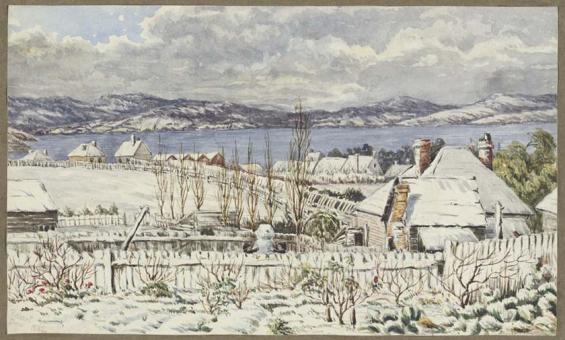
H.J. Graham, Severe snow storm over Hobart, 1882, nla.gov.au/nla.obj-135529606
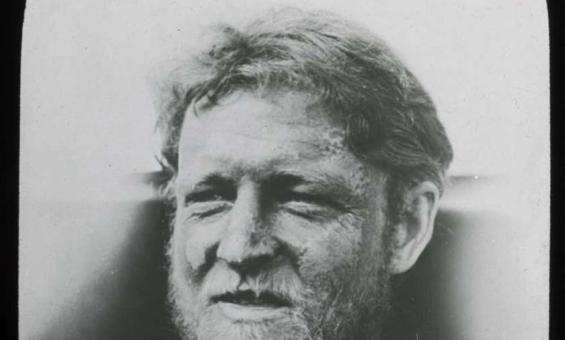
Frank Hurley, Madigan's frostbitten face, Adelie Land [Australasian Antarctic Expedition, 1911-1914], nla.gov.au/nla.obj-145067660
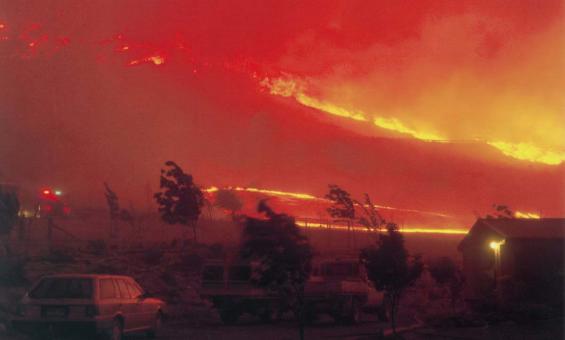
Cutting, Jeff, 1945-. (2003). Freshening north-westerly winds drove the Stockyard fire down Apollo Road onto Ballineen in the hour before midnight on 17th January 2003. [picture] / Jeff Cutting. nla.gov.au/nla.obj-149584789
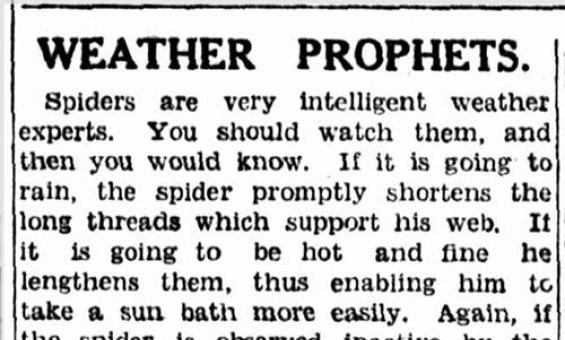
WEATHER PROPHETS. (1937, November 4). The Age (Melbourne, Vic. : 1854 - 1954), p. 17. nla.gov.au/nla.news-article205560442
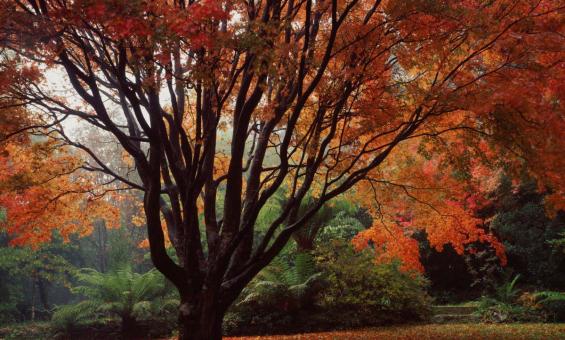
Dombrovskis, Peter, 1945-1996. (1993). Acer in autumn, Dombrovskis' garden, Fern Tree, Tasmania, 1993? [transparency] / Peter Dombrovskis. nla.gov.au/nla.obj-150387361
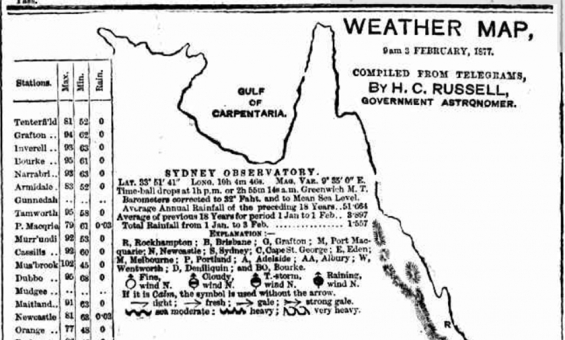
WEATHER MAP, 9 am 3 FEBRUARY, 1877. (1877, February 5). The Sydney Morning Herald (NSW : 1842 - 1954), p. 6. nla.gov.au/nla.news-article13389140

McDonald, Damian, 1971-. (1999). Portrait of Nancy Millis [picture] / Damian McDonald. nla.gov.au/nla.obj-144499251
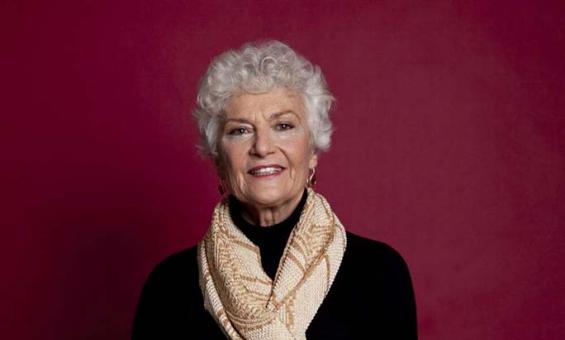
Gostelow, Philip, 1962-. (2013). Professor Fiona Stanley at the Telethon Institute for Child Health Research, Subiaco, Perth, 21 August 2013 / Philip Gostelow. nla.gov.au/nla.obj-153312966

Australian News and Information Bureau. [Portrait of Howard Florey] [picture] / [Australian News and Information Bureau]. nla.gov.au/nla.obj-136743351
